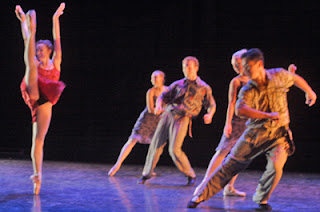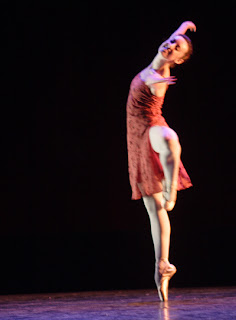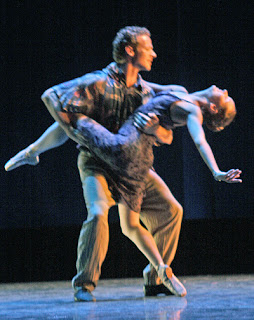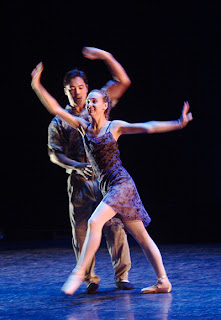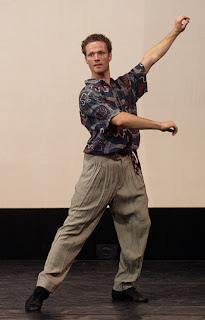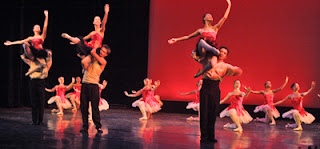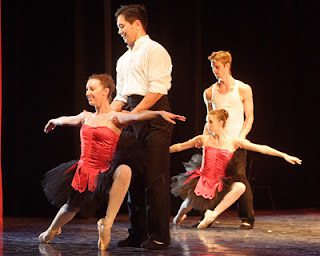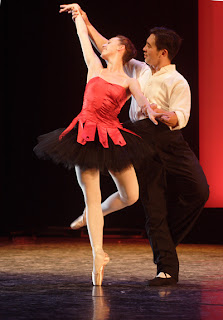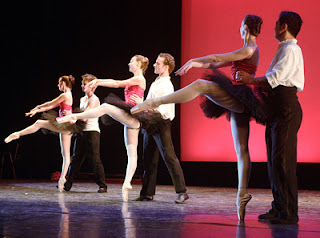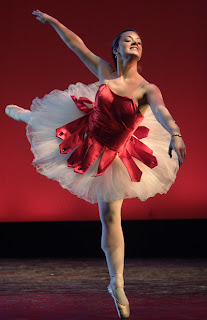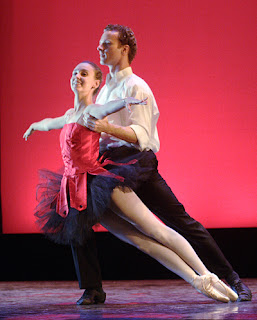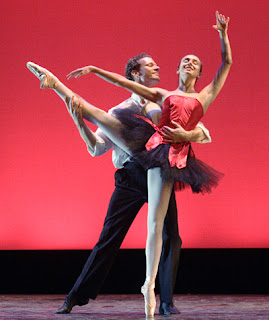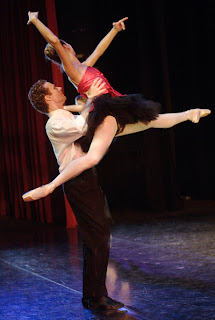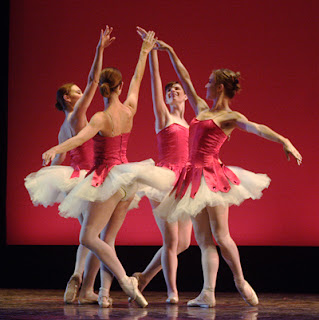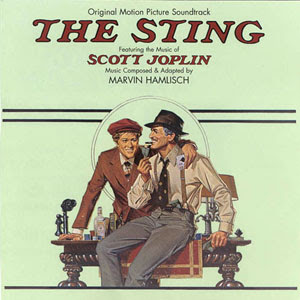YouTube Treasures
So while we are waiting for the dancers to come back next week from their break, I thought I could address one of the wonders of the 21st Century.

I LOVE watching historical dance footage (and current dance stuff as well.) Whenever I find an unexpected snippet of a performance by a past dancer, my heart "leaps" a bit.
It's wonderful that today, you can just click on to YouTube and see amazing performances by dancers that you would never have been exposed to. Yes, it's great to be able to read Edwin Denby's insightful critical essays of dance performances. But it is much better to read them AND see the artist he was writing about "caught" for all time.
Case in point... Carmen Amaya

Amaya was a brilliant technician AND performer. Quite simply put, she was electric. But now, you don't have to just trust me, you can check her out yourself at...
http://www.youtube.com/watch?v=YDRPgr5c4qM
Did you? I hope so. Amaya was a trailblazer. When she began dancing, female flamenco technique was more reserved than male technique. Lots of arms and skirt manipulation.
Amaya took it upon herself to learn and EXCEL at the male technique. In order to show off her mastery, she began wearing male attire. SHE wore the pants in her company... AND the skirts. She was powerful AND feminine.

Watching her move, there is no doubt that she was in total command, when she took the stage. That command did not diminish as she grew older. Here is a clip of her in a cameo role as the mother of one of a pair of star crossed lovers in Los Tarantos.
http://www.youtube.com/watch?v=uDdJiIw9yNk

She hasn't lost any of the fire that she had before. If anything, she is fiercer. I had actually been exposed to this later clip first. I sat through the whole movie (on a scratchy VHS video) just for this little moment.
How great that I can now compare Amaya at her prime to Prime Amaya.

Stick with me and tomorrow we will visit another great dancer from the past.
Labels: Carmen Amaya, YouTube


